
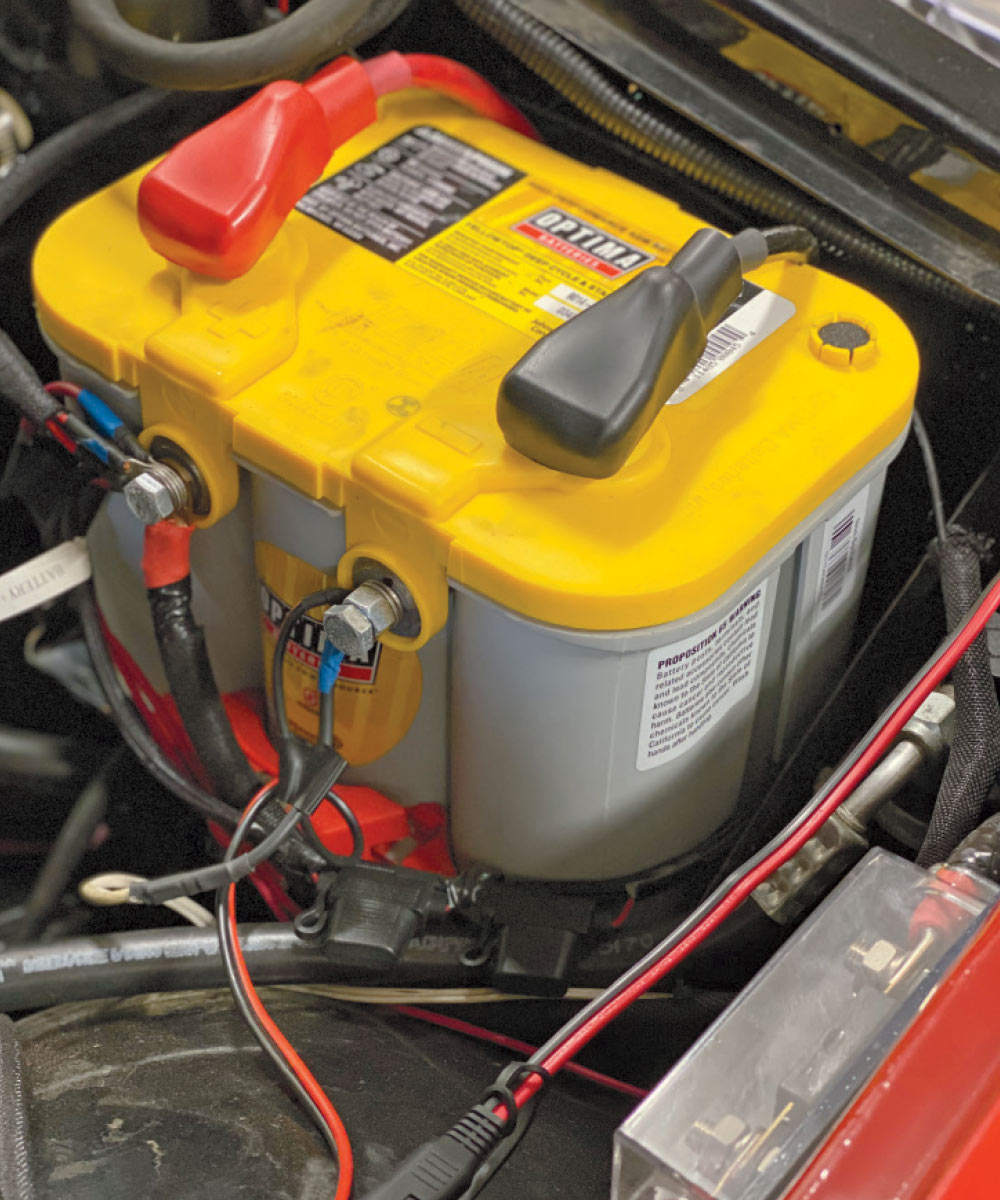

t best our hot rods are driven infrequently and clearly not as much as we would like. For many the winter climate precludes a number of us from driving these cars at all, at least until the fair-weather season. As such, keeping our cars in running order begins with a fully charged battery. A simple and fundamental thought, but to do this we need to understand some basics, such as our car’s battery, battery chargers (maintainers), and battery parasitic loss (draw).
To better understand what it takes to keep our hot rod “at the ready,” let’s take a look at the Optima chargers, batteries, and one hot rodder’s experience with parasitic loss … me! I found myself gaining a greater understanding through insight as to the problems, the cause, and the correction(s).
I have my Optima Digital 400 charger attached to my roadster year-round. It never lets me down and the roadster is always at the ready. I now have three hot rods (1972 Suburban, 1968 Corvette, and 1929 Ford highboy roadster) that are running that I like to drive as often as possible. And, they all need battery maintenance. But there’s more to this electrical puzzle than just keeping your battery fully charged.
How do I know this? Well, I had the roadster out for a weekend romp and was intending on driving it again the next day but magazine deadlines have a way of dislodging the best laid plans of even the most seasoned (old) editors. I parked the roadster and forgot to hook up the Optima 400. Nearly three weeks go by and when I go to start the roadster there was the proverbial “nothing.” I achieved nothing but finger/wrist exercise by turning the ignition key with no, nothing, nada results. I knew everything was in good operating order, including my Optima battery when I parked it. What happened?
In short order, after attaching my Optima charger the roadster started and all was good for the day’s drive, but I was still curious about what was happening. I’m aware of parasitic battery drain, or draw, and knew that there had to be a reason causing the drain, such as the modern electronic accessories that increase the draw. After attaching the test equipment (digital multimeter), I noted that I was losing 180mA over a 24-hour period, which is a higher draw than I expected, given the lack of accessories, or so I thought. Based on this, my battery would have drained itself in approximately 10 days. Typically, new cars are set up to last to somewhere between the 21- to 40-day range without intermediate charging.
Here’s the math that I used to determine what happened to me at a 180-milliamp draw over 24 hours (0.180 x 24 hours = 4.32 amps per day). Now my battery is a 44Ah battery/4.32 amps per day = 10.185 days before the battery is at a 0 percent state of charge. (Zero percent state of charge is reflected in a battery status of 10.5 V, which will not start your hot rod. And for those with electronic fuel injection the voltage demands are higher than, say, a carb-equipped car. Upside, the Optima chargers will bring such a battery quickly back to “life”.) All of this is under the assumption that the battery was fully charged at the time but odds say unless you have taken your car directly off of a charger it isn’t fully charged. Also, heat (ambient temperature where the battery is housed) can exacerbate the loss of potency, while cooler temperatures can slow down the drain.
It’s typical to expect at least 0.05 amps of power draw when the vehicle ignition is “off.” A clock in the radio draws as little as 0.01 amps, whereas the combined interior lights can exceed 1 amp. Doesn’t sound like much, but a single dome light can pull enough power to drain a battery in one day. Remember, it doesn’t have to take your battery to zero overnight, just low enough for it not to start. Did you know that a key fob, common on new cars, used in your hot rod is capable of dragging your battery down while “asleep” in your garage? It’s constantly searching. Even your Classic Instruments SkyDrive (GPS) speedo/odometer has a normal draw of 0.06 amps (60 milliamps). There are other accessories, such as the channel memory feature in your car’s stereo, that also have a continual draw. You begin to add up all of the “vampire” accessories your hot rod has and you can see that there’s a draw going on all the time.
Of course you can always remove the battery from the car and place it in a safe location and it will last for months (assuming it is fully charged when it was removed). This leads us to a modern-day myth (although once it was true) that leaving your battery on a cement floor will cause it to drain more rapidly. There was a time that was true but the Optima battery, because of the material used in its case, will not allow this to occur. Frankly, the real reason a battery dies is from sitting. A battery will drain no matter where you place it; that’s what batteries do.
Then there’s the hot rodder’s packaging (fitment) dilemma … “What will fit the area that I have to work with?” While this is a real (and serious) decision, oftentimes this shouldn’t be the basis for a battery. While the physical size is a real concern (not so much weight), the CCA can usually be addressed but proper Ah or RC (reserve capacity) generally comes up short. It’s in these instances that the continual use of a charger in between use is of the utmost importance.
For the purpose of this story we are addressing two of the three common Optima batteries, the RedTop and the YellowTop (we will ignore the marine BlueTop).
RedTop is designed for engine starting where an alternator immediately monitors the state of charge and provides energy to the battery whenever it is needed. For a street rod with average electrical demands, this is the battery to use.
YellowTop is designed for deep-cycle use and the electrical loads are higher than average, or when the discharge cycle is more than typical engine starting, such as vehicles without alternators. This also includes racing vehicles without a charging system, cars with audio/video applications with large electrical demands.
I must say that I have four Optima batteries in use, with two being RedTop and two being YellowTop. Given my use and the true number of accessories and driving demands I could get along just fine with all RedTop. But alas, when rummaging around the tech center to replace a tired battery I grabbed what was available (again, not really the way to make a battery decision).
We’ve all heard the expression, “It’s the little things …” The truth couldn’t ring truer when it comes to maintaining your car’s electrical charge. Something as insignificant as a few amps of parasitic draw can lead to problems if you aren’t on guard and prepared to protect your battery.
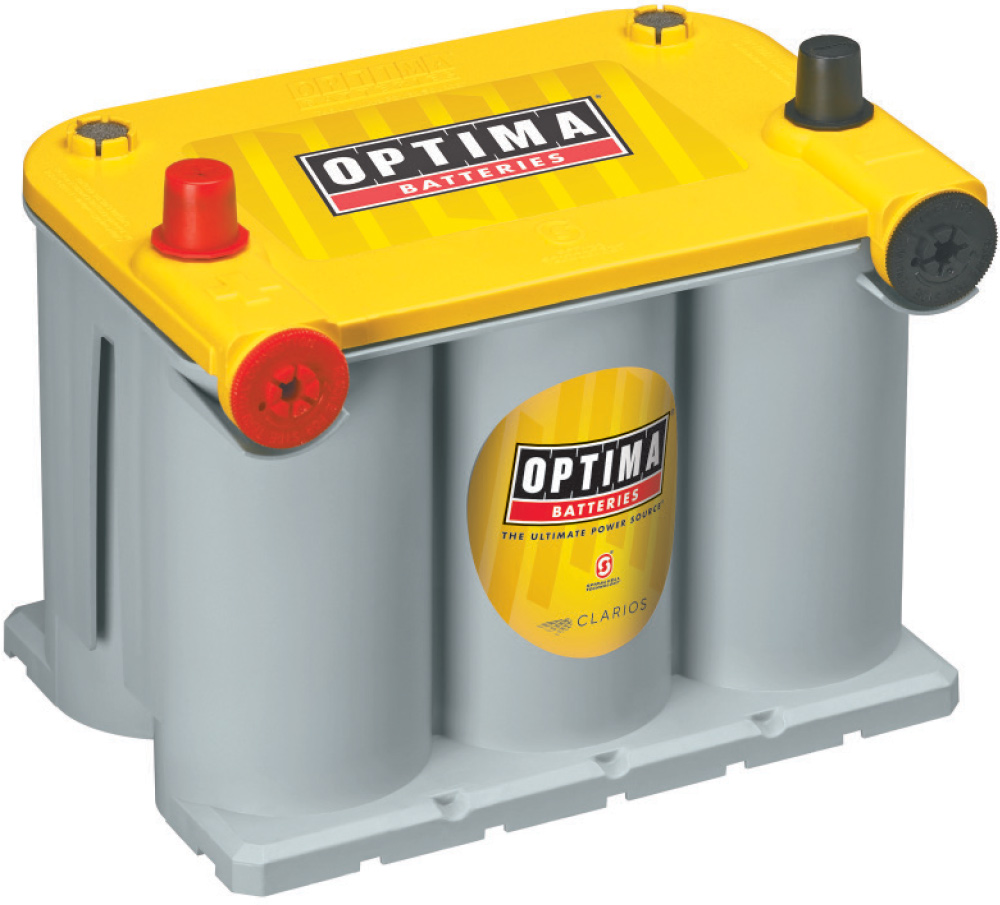

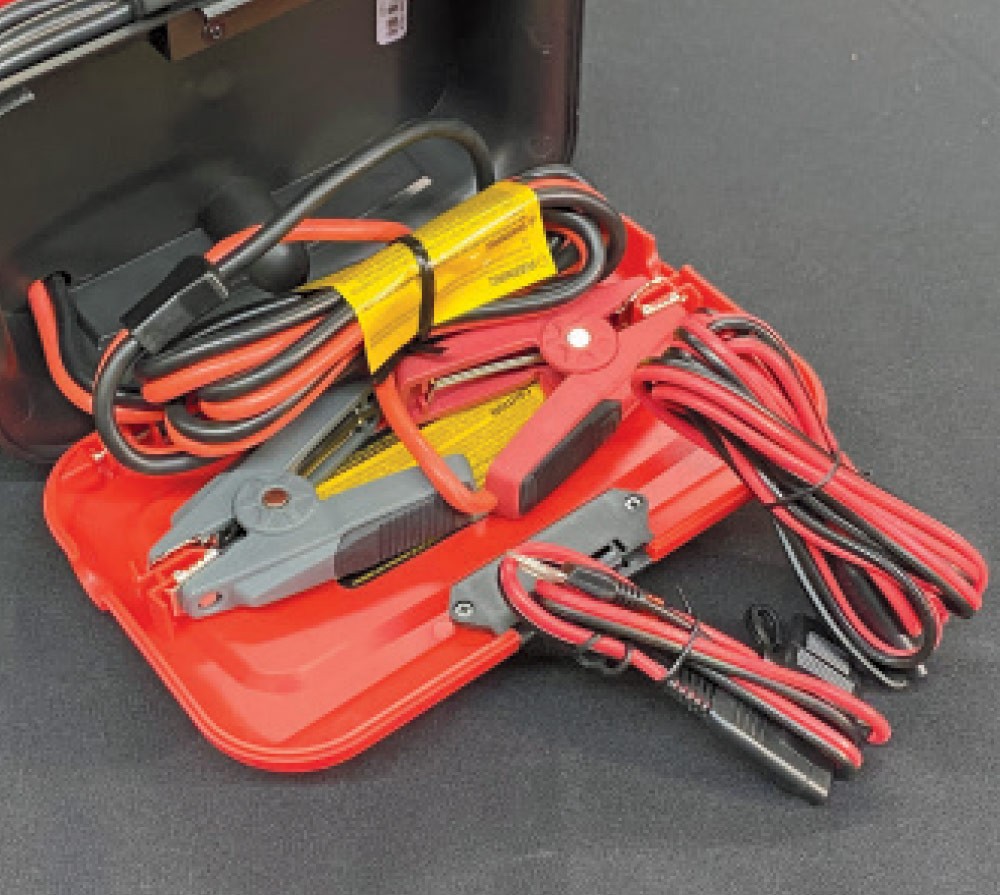

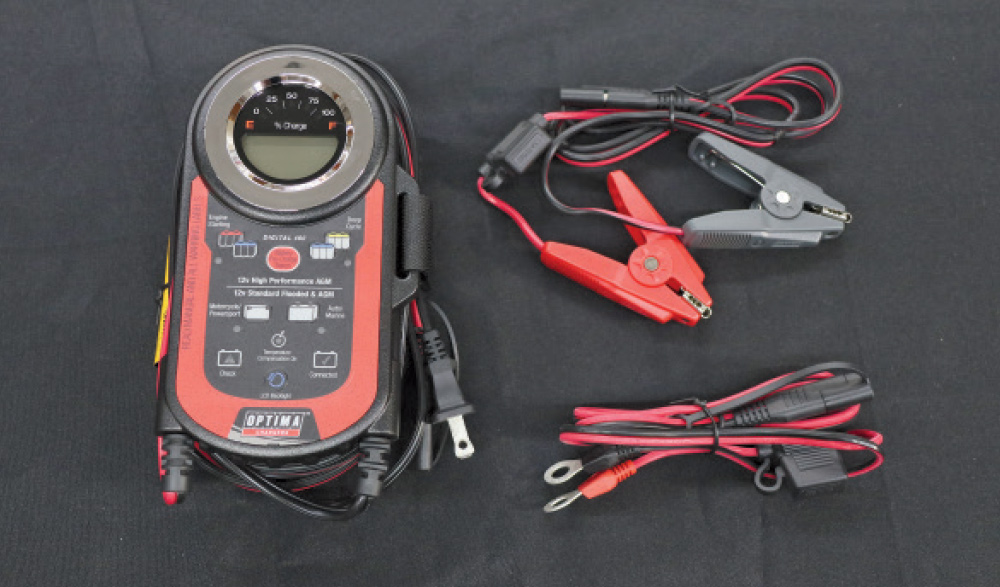

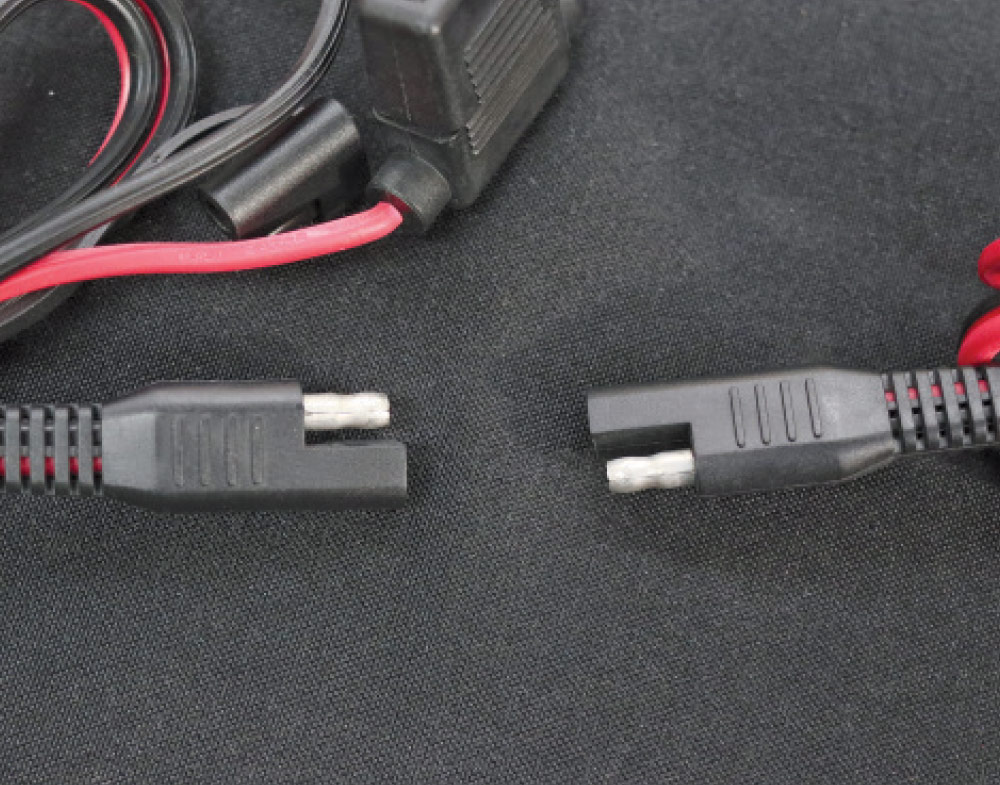


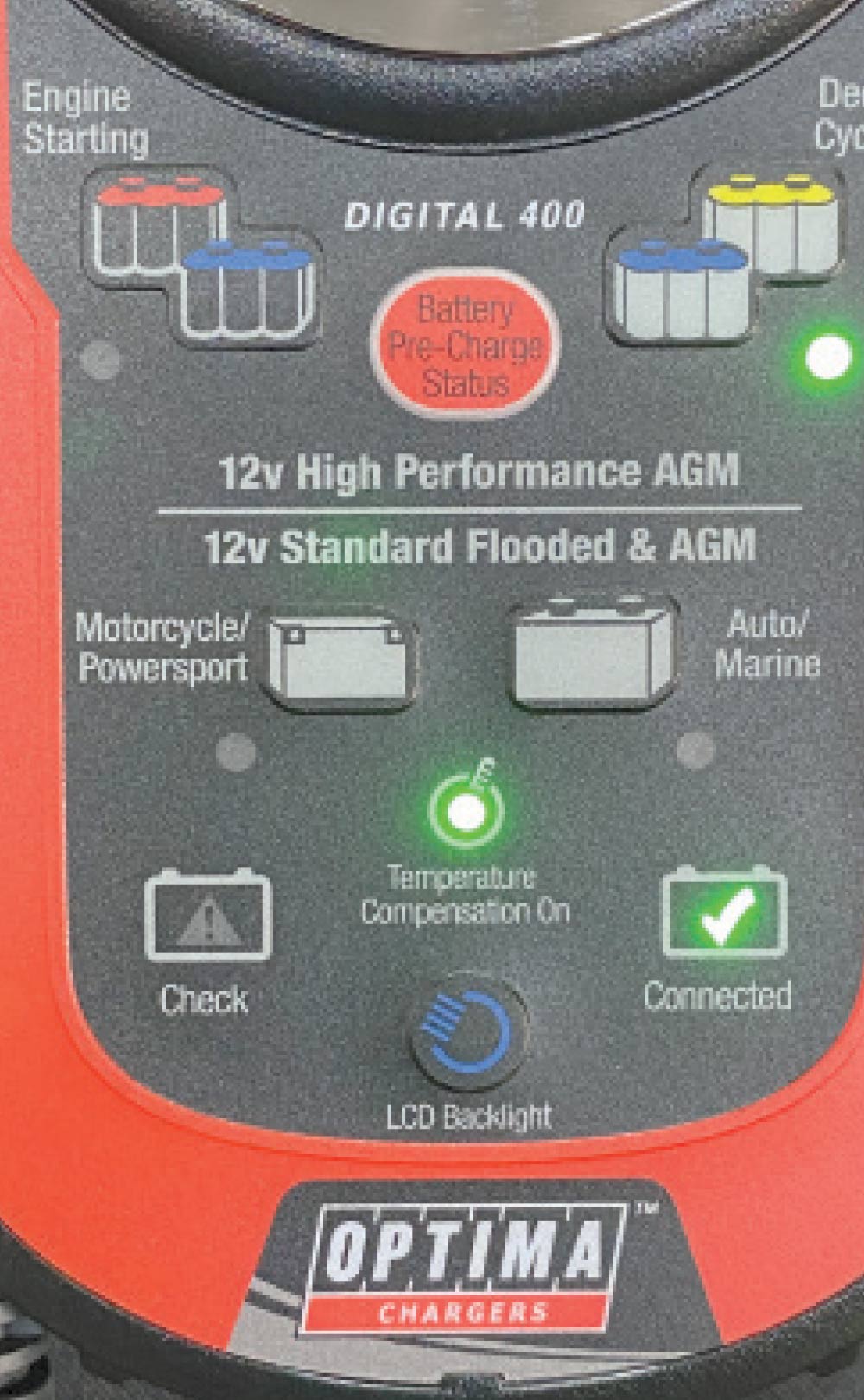

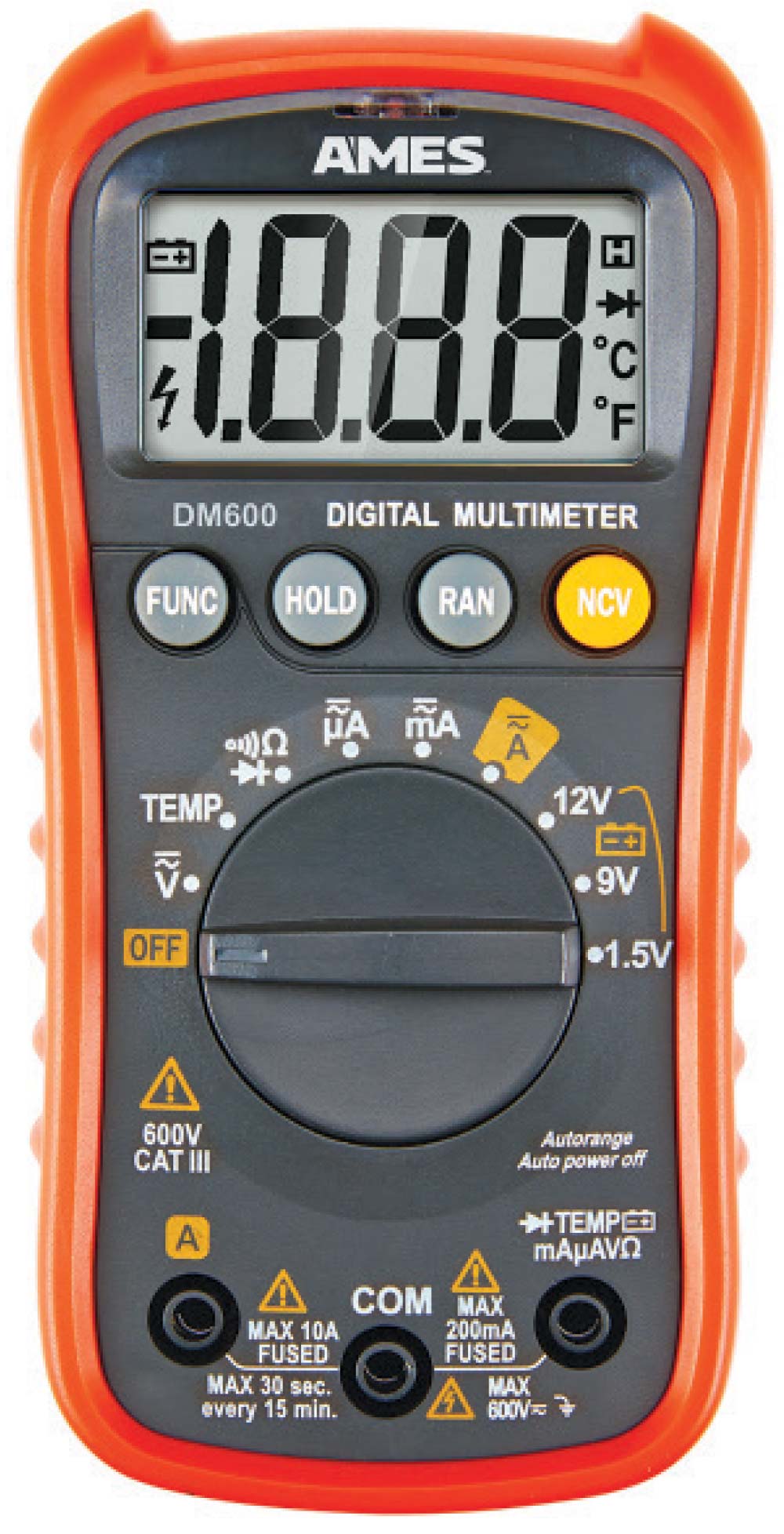
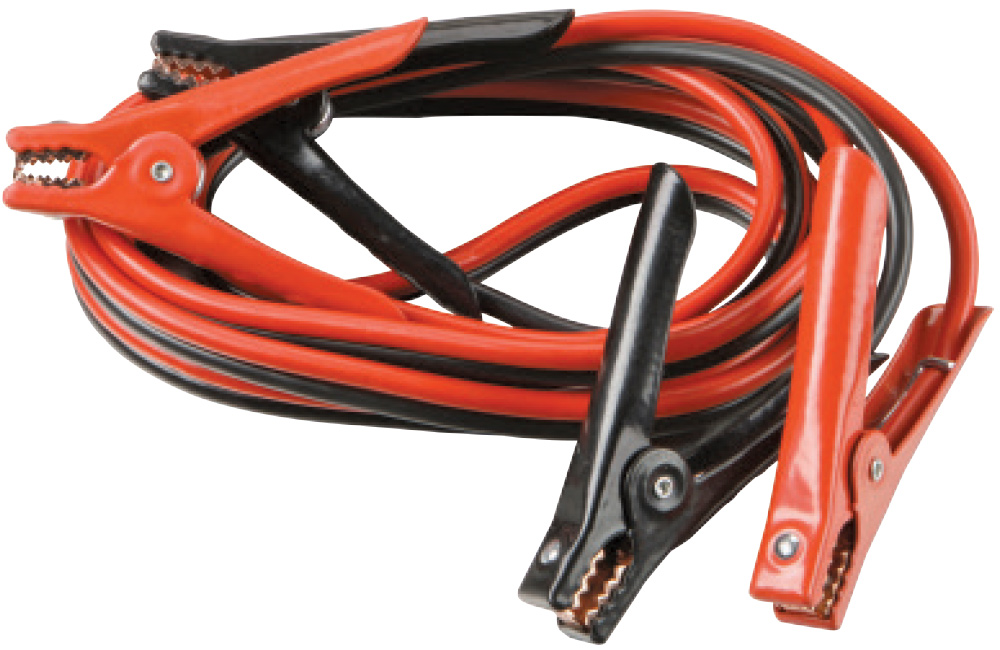
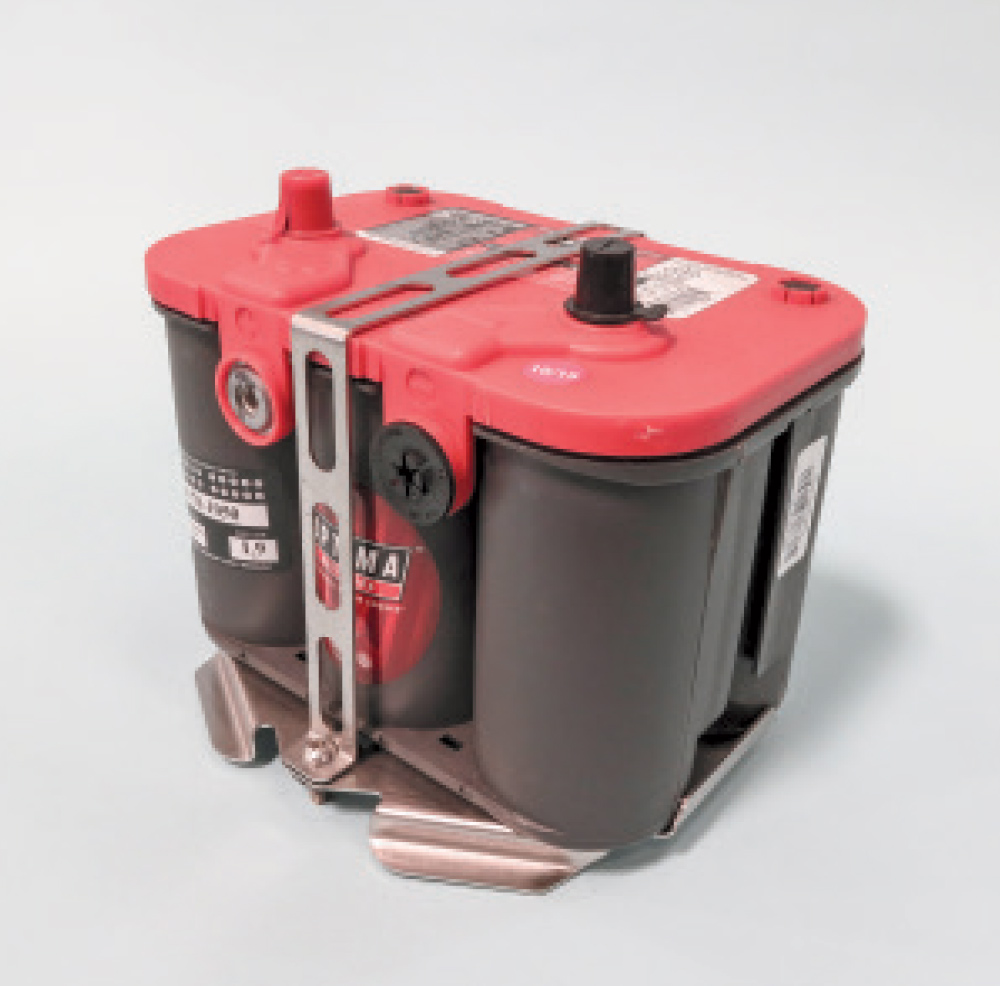

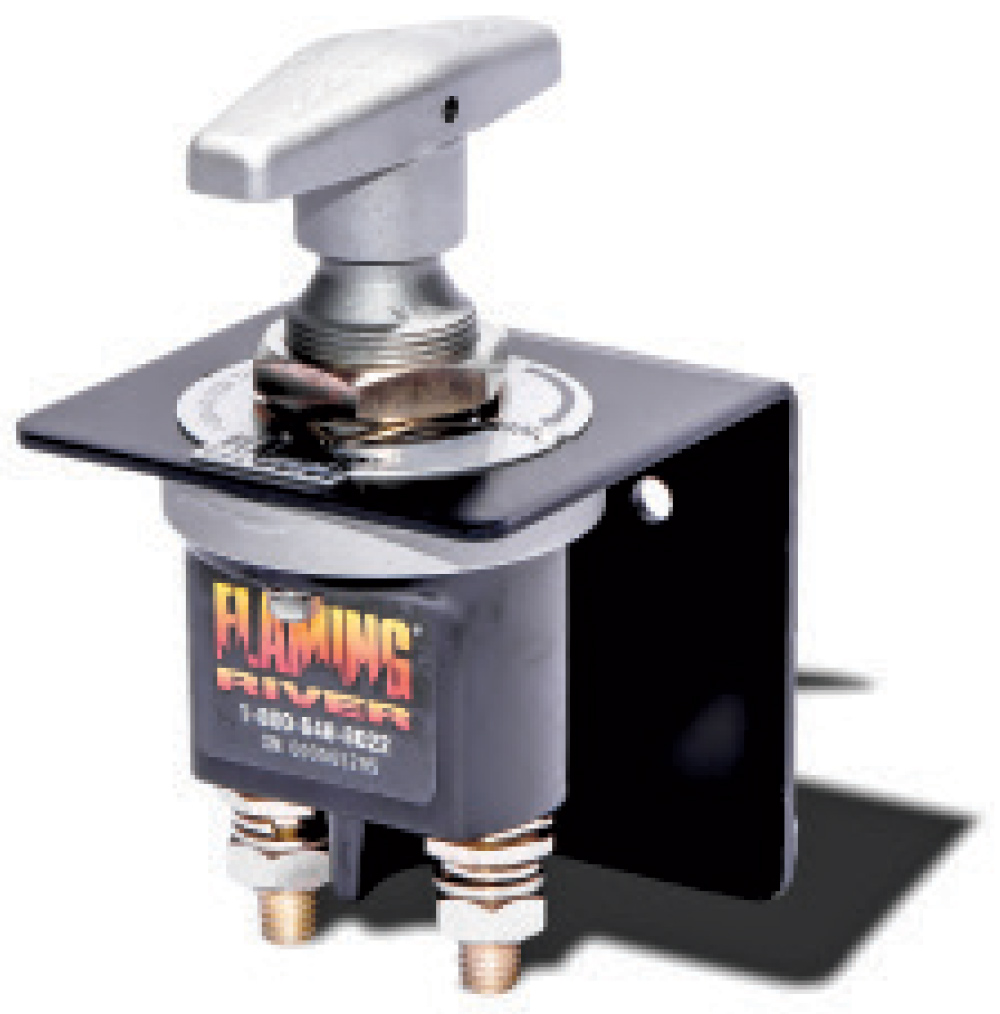


Optima Batteries
(888) 867-8462)
www.optimabatteries.com
Classic Performance PRODUCTS
(800) 522-5004
www.classicperform.com
Flaming River
(800) 648-8022
www.flamingriver.com
Harbor Freight
(800) 444-3353
www.harborfreight.com
Hot Rods by Dean
(800) 362-9709
www.hotrodsbydean.com
PerTronix
(909) 599-5955
www.pertronixbrands.com